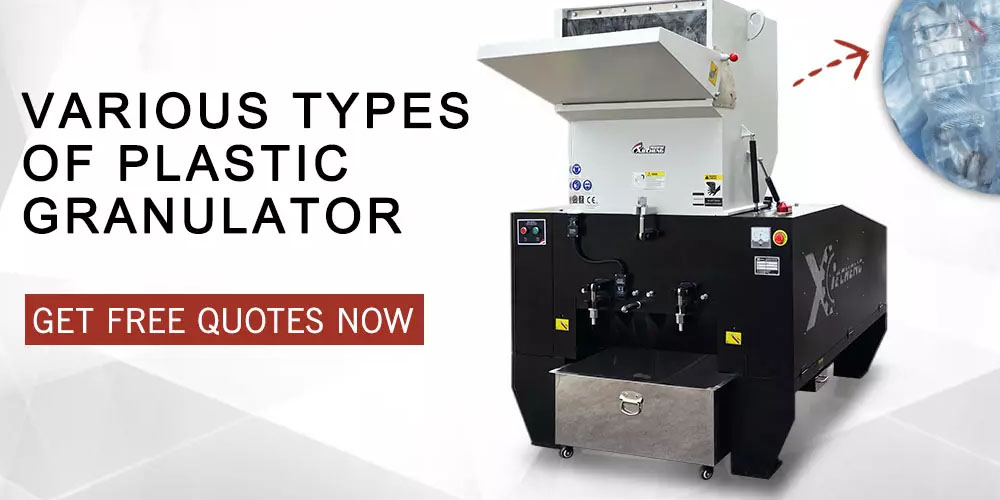A plastic granulator is a significant piece of equipment in several industries for use in different applications. It crushes and recycles various kinds of plastic materials, either soft or hard, and can also cut bottles hence the name bottle cutting machine. The different plastic granulator types have different features such as energy savers, noise reduction, and other safety devices which provide a safe and smooth operation. In this extract, we look at the types of plastic granulator machines.
Types of Plastic Granulator Machines
The different forms of granulator machines are;
1. Central Granulators Machine
This type is known for its flexibility and ability to process large volumes of parts. In addition, the machine can direct the cutting compartment to process or granulate parts with high density. It is suitable for numerous applications such as injection molding, blowing, and extrusion.
You can have this type of machine configured specifically for you to meet all your process needs using tangential geometries. The tangential geometries allow the manufacturing of different plastics. It offers a good and improved ingestion rate with minimal power consumption. Another geometry known as offset is also used and allows a higher processing rate of parts with low density.
2. Besides the Press Machine
This plastic granulator machine integrates well into an application like extrusion and molding. It is ideal for short production runs that involve separating the processed materials or regrind from each succeeding setup. You can easily access its fundamental components and services related to the design; hence, changing knives or any other feature like rotors is fast and easy.
It is easy to clean and service and comes with windows located on its hopper to view the processing of materials, check the capacity of the cutting chamber, and if the materials are flowing consistently. In addition, the ability to view through the window ensures the machine is still running, and no breaks are required.
3. Under the Press and Thermoforming Machine
The granulators are designed to process flat materials in an inline and offline manner. The materials go through the die trim and edge trimming equipment in the inline operation and are finally fed into the thermoforming granulator.
After going through the crushers, any faulty products are put into a hopper, either the primary or secondary one. In some cases, the granulator is located directly inline or similar to the thermoform trim and line.
4. Combination Granulator Machine
As its name suggests, it combines two essential tools necessary in the cutting and recycling industry. It contains a shredder and granulator in one unit, saving on space, cost, and time needed to involve another machine. It is ideal for processing large and bulky materials that go through the shredder to get them to the correct size and volume them to the granulator. The combination granulator is more complex and has more features than any single unit machine. Other than plastic, you can also process metal, making it reliable and convenient.
Conclusion
The granulator machines come in different forms with varying features but all work towards cutting and recycling plastics and other materials. It’s essential to know the types available, how they function, and their benefits to help you choose the best for your needs.
